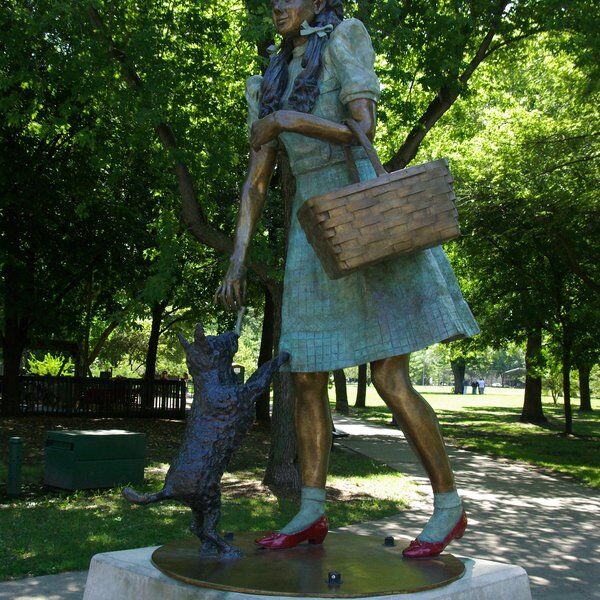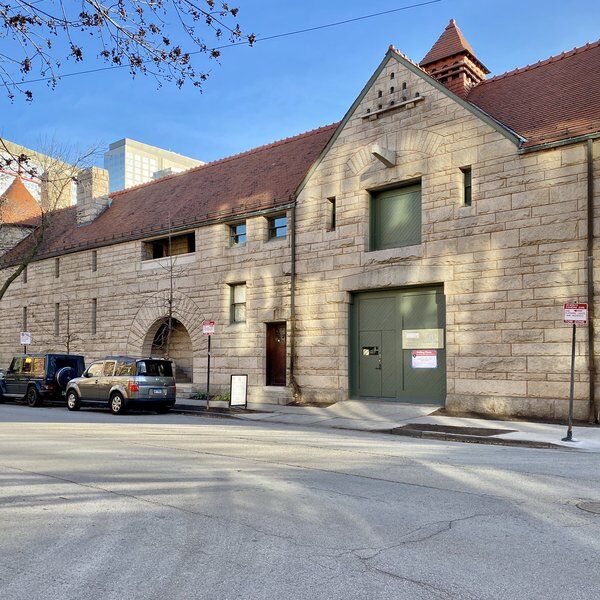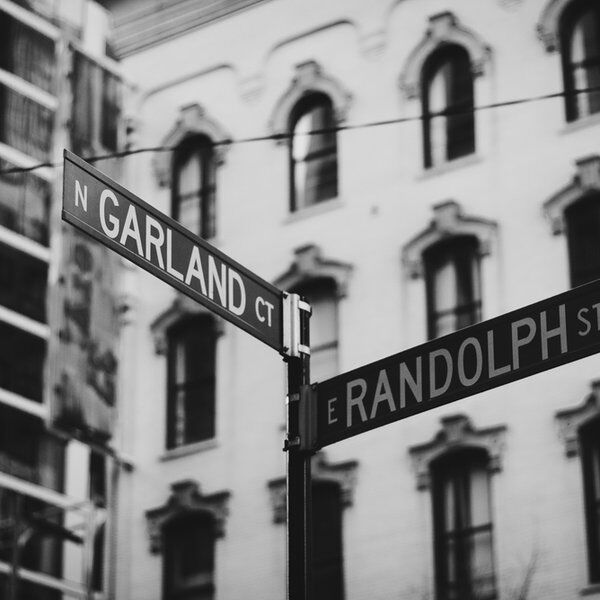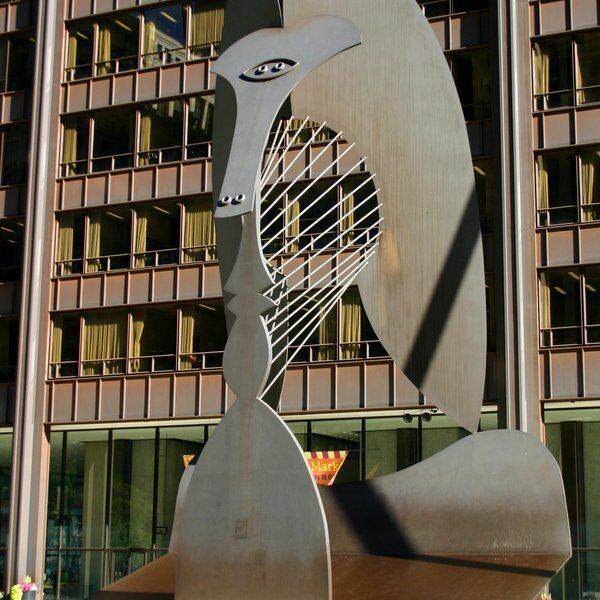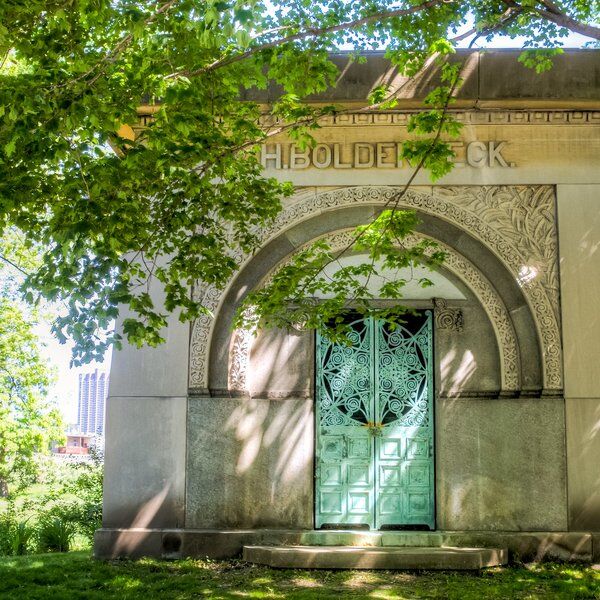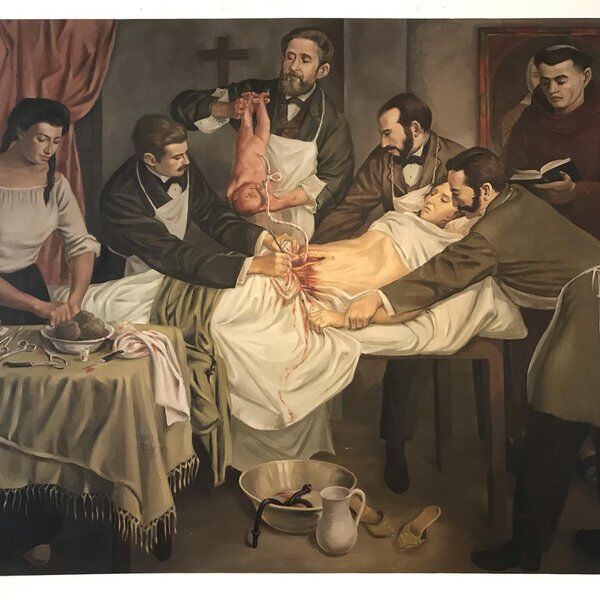
Discover the International Museum of Surgical Science
Situated in Near North Side Chicago the International Museum of Surgical Science, under the umbrella of the International College of Surgeons (ICS), boasts over 10,000 square feet of public galleries. Within these galleries, collections of art and artefacts portray the history of both medicine and surgery.
Alterations were made over the last two decades to strengthen and preserve the Museum’s educational programs, existing exhibits, and building. As a result, the Museum has gained popularity in recent years and the number of visitors has increased from 20,000 a year in 2010, to approximately 1.5 million today.

Establishing the International Museum of Surgical Science
“To enrich people’s lives by enhancing their appreciation and understanding of the history, development, and advances in surgery and related subjects in health and medicine.”
– The Museum’s Mission.
The ICS was established by Dr. Max Thorek in 1935, to broadcast surgical knowledge globally. The Museum was originally intended as the ICS Hall of Fame and to store its growing collection of surgical instruments, artwork, and manuscripts.
From 1950, the Museum began receiving extra donations – paintings, sculptures, books, and artefacts – from national sections of the ICS, individual surgeons and collectors, and other institutions. This initiative was driven by Dr Thorek and allowed the Museum to take shape.
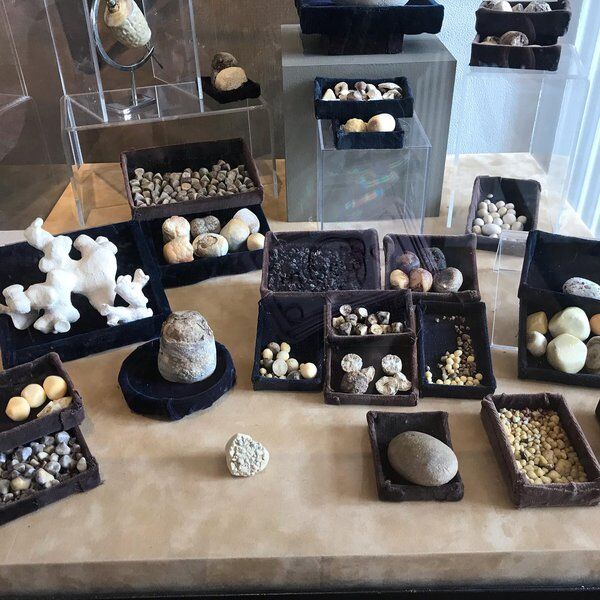
After acquiring a historic lakeside mansion to house the collection in 1950, the Museum officially opened on September 9, 1954.
Initial exhibits like the Hall of Immortals contained twelve stone statues of key scientists and surgeons to highlight their influence. And the Hall of Murals showcased the development of surgical science and medical discoveries via a series of large paintings.
New exhibits were created from 1990 that focus on historical themes and surgical practices and today the Museum spills over with an attempt to understand and interpret these elements, which are portrayed in the countless artefacts and historical texts.
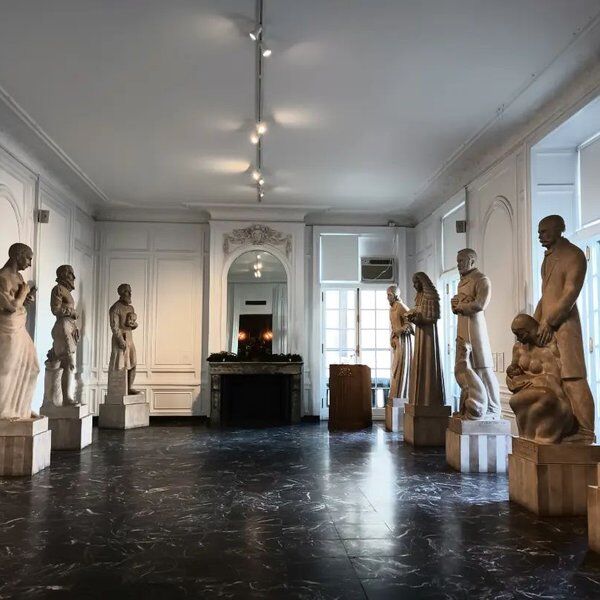
The Mansion
In 1917, Eleanor Robinson Countiss oversaw the construction of her family home. It was designed by architect Howard Van Doren Shaw and funded by Eleanor’s father.
In 1988, it received historic status and was listed in the National Register and the Illinois Register of Historic Places. It is also a City of Chicago Landmark and retains some of the original interior design features. These include polished limestone and Italian marble finishings, decorative plaster, eight stone fireplaces, and a gold-plated metal staircase.
Today, the Eleanor Robinson Countiss House as it became known, is one of the few remaining lakefront mansions in Chicago.
Making the Museum of Surgical Science International
The Museum’s founders organised the collections by nation, so that each country’s contribution to surgical science could be traced back through history. This also helped to make the information more interesting and digestible for the public.
Different nations were assigned different parts of the Museum, whether that was the landing of a staircase, a hallway, or a whole room. In 1959 a series of galleries were installed that concentrated on France, Mexico, Spain, and the Netherlands. And other nations were included over the following decades.

What can you see at the International Museum of Surgical Science?
From the original healing practices to today’s revolutionary medicinal advances the artefacts and exhibitions at the Museum trace the successes and failures that shaped surgical science.

The Museum’s full collection includes:
- Medical equipment and specimens, skeletons and other historical artefacts of which there are around 7,000 items.
- Over 600 paintings, drawings, sculptures, and photographs.
- And the library contains more than 5,000 rare medical texts.
The bulk of the artefacts are medical tools and instruments ranging from acupuncture to x-ray. But in addition to the medical artefacts the Museum, since 1998, has hosted a number of fine art collections in an effort to maximise their visitor appeal.

The Library at the International Museum of Surgical Science
Located in what was the mansion’s study, the library, with over 500 ft of shelving, is the most accurate historical representation of the original building.
Inside are the Thorek Medical Manuscripts and a collection of 1,000 Rare Books, dating from around 1,200 years ago. The majority of the texts were donated by Dr. Thorek in the early 1950s, forming one of the Museum’s inaugural exhibits, when it first opened.
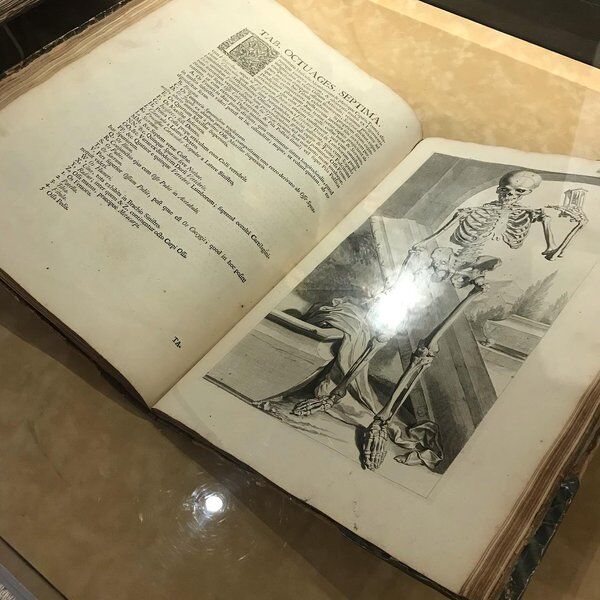
Unfortunately, the library is not climate controlled. This raised concerns about the collection’s condition and how long it would last. Whilst climate-related damage cannot be undone, it can be slowed or even stopped altogether. But state-of-the-art conservation costs can be very expensive, so simple intervention and education is often the first route to follow.
Beginning in April 2016, the Museum welcomed eager volunteers with a keen interest in learning the basics, like soft-packing or wrapping books in tissue, cataloguing, and other conservation techniques. Under the close management of the Museum’s Curator, and using protocols developed by London-based conservation enthusiast Laura Chaillie, the project was completed in 2018.

Interested in finding more places like this? Try one of our Chicago Scavenger Hunts - untangle cryptic clues as a team, as you are taken on a journey to the most unique, unusual and bizarre corners of Chicago and beyond!
















